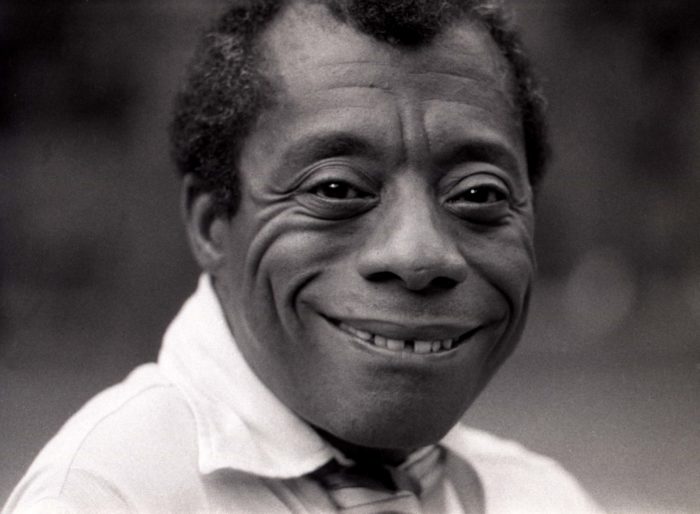The books Australia banned

IN 2010, LITERARY historian Nicole Moore, from the University of NSW, stumbled upon 793 boxes of books deep in the underground of Australia’s National Archives in Sydney. Inside were copies of Ulysses by James Joyce, Brave New World by Aldous Huxley, even Memoirs of a Woman of Pleasure by Fanny Hill. These titles, and thousands more, were banned in Australia through the 20th century, considered to be obscene, blasphemous, or excessively violent.
Until the early 1970s, Australia was one of the strictest censors in the English-speaking world, says Nicole. “We were often compared to Catholic Ireland and apartheid South Africa, both of which had strong religious and ideological reasons behind their censorship, but we banned some books they didn’t ban.” The collection of banned books that Nicole stumbled upon had been, until then, just a rumour. “People assumed they’d been dispersed or that they’d been sold on the black market.”
Throughout the 20th century, Customs officials were backed by “powerful seizure legislation” which gave them the ability to search through people’s bags and all book imports, confiscate the books and potentially prosecute, says Nicole. However, growing concern for the seemingly limitless powers of Customs resulted in the establishment of the Australian Book Censorship Board in 1933. The board was made up of scholars who were charged with the task of reading the books and providing reports.
From 1933 to the early 1970s, when Customs censorship was officially wound up, approximately 15,000 titles were banned. The impact these bans had on Australian culture, Nicole says, is undeniable. “There was a thick safety net thrown over us. The aim of the censorship regime was to create an Anglo-Saxon bulwark, protecting us from the kind of corruptive influences that were sending America and the UK in the wrong direction.”
Obscene: from Ulysses to Michelangelo’s David
Around 90 per cent of the books that were banned in Australia during the 20th century were classified as ‘obscene’. ‘Obscene’ here takes on the British common law meaning, which declares that a book has the potential to “deprave or corrupt” its reader. This definition was often stretched and Nicole says it had a racist and homophobic agenda. James Baldwin’s famous 1962 novel Another Country, which is set in New York City in the 1950s and mentions interracial sex, was banned under this definition.
William S. Burroughs’ 1959 novel The Naked Lunch was considered to be one of the “crudest books” by the Censorship Board’s chairman at the time, E. R. Bryan, who argued it would come as a “literary shock to young students” for its exploration of American gay lives and drug culture. “They were all elderly, white men, most of whom were experiencing an old wave of high moral standards not really in touch with the time.” One of the most notorious censors in Australia was Sir Arthur Rylah, Victoria’s long-time Chief Secretary, who publicly campaigned for the banning of Ulysses. He even famously ordered that Michelangelo’s iconic sculpture of David be covered up.
In 2015, the National Archives of Australia hosted an exhibition based on Nicole’s discoveries. Reactions to the exhibition suggest that although these texts were banned people would sometimes, with great difficulty, find ways of getting their hands on copies. “There are older Australians who remember coming back through airports and smuggling books in, and they remember reading illicit books in the schoolyard.” Nicole’s own mother recalls the banned bodice-ripper Forever Amber being passed around her school.

Author of Another Country, James Baldwin.
An end to the ban
Change came in 1969 with the appointment of Don Chipp as the Customs Minister in the newly elected Fraser Liberal government. Nicole describes Chipp as a small “l” liberal, who believed that federal censorship had gone too far. However, dramatic changes to Australia’s censorship laws weren’t all of Chipp’s making. Rather, Nicole says the Australian publishing industry became fed up with the country’s draconian laws, spectacularly protesting the ban on Philip Roth’s sexually explicit 1969 novel, Portnoy’s Complaint – a protest that couldn’t be ignored by Chipp. “Publishers were flouting the rules so dramatically. Around 170, 000 copies managed to go into circulation very quickly. Penguin was rumoured to be keeping their stock on the road in unmarked trucks, to avoid seizure,” she says.
“Roth’s work became the target of a maze of federal and state censorship laws, but their sheer complexity and inconsistency, plus some passionate defence of the novel’s literary worth by distinguished Australian novelists like Patrick White, had a boomerang effect,” journalist Andrew Clark wrote in an article for The Australian Financial Review in May 2018, to mark author Philip Roth’s death, aged 85. After Labor won power in 1972, the new Prime Minister Gough Whitlam began dismantling the censorship regime completely, dwindling the list down to almost zero and removing Customs’ control over what Australians could choose to read.

Customs Minister, Don Chipp.




